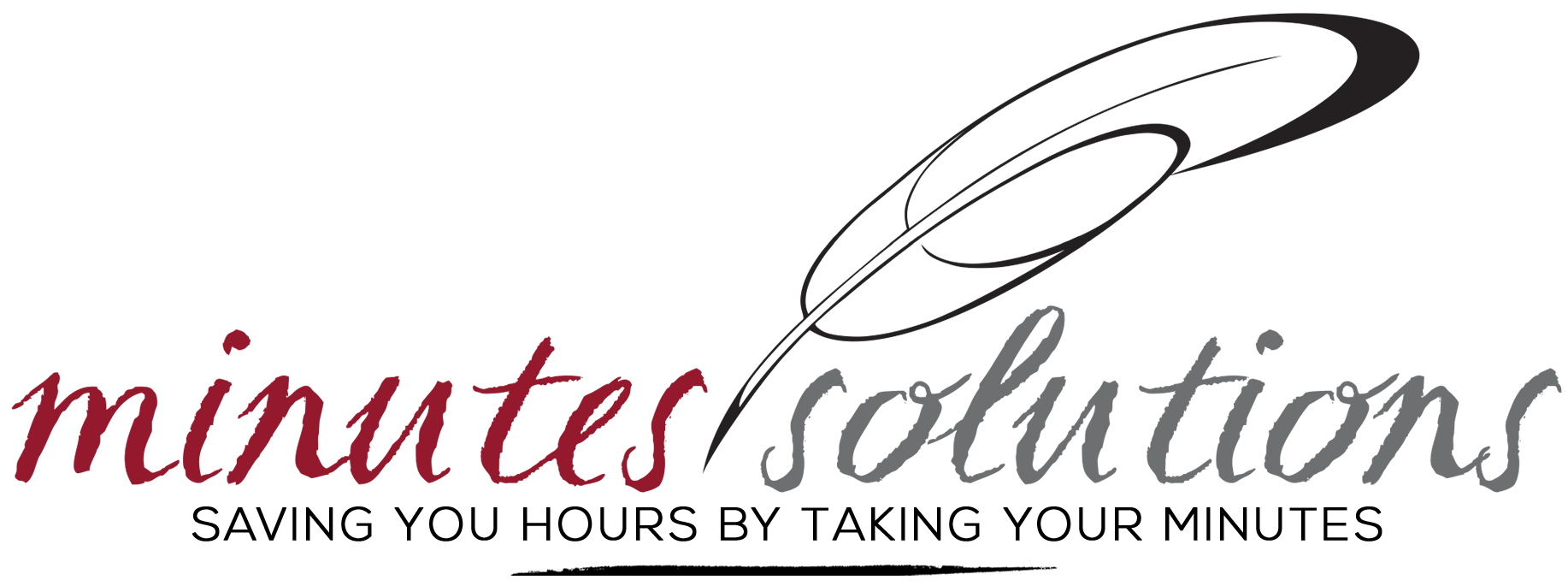Ever rushed into a meeting in the nick of time and pretended to have your bearings, even though your mind was racing to catch up? The meeting starts, but wait, you haven’t opened your template or pulled up your agenda! Your laptop isn’t plugged in and you didn’t have a moment to learn everyone’s names. You manage to focus after about 10 minutes, but by then you’ve likely missed a piece or two of critical information. Later, when you’re editing, you’re spending twice the time you normally would combing through the recording (if you had time to set up your recording device at all!)
Who hasn’t had a boss turn the phrase, “If you’re on time you’re already late”? In the world of minute taking, where motions can signify the movement of massive dollar amounts, this certainly holds true. Being late affects you in several ways:
You look unprofessional
Being on time “gives others insight into how you view them and yourself.” — cydcor.com
In the professional world, meetings begin at the proposed start time. Period. When building a professional relationship, employers may not want to work with you again if they think there is even a possibility you will be consistently late. Tardiness can make it seem like you don’t take yourself, or your profession, seriously.
There is no excuse
In the modern world, there are many technologies that help us to be on time. Between transit tracking apps and maps, we have several different ways to move through the city. If there is a personal or family emergency, be honest and communicative. Everyone knows you’ve got a cellphone, so use it.
Lateness causes stress
Being late does not just stress out your employer, who is counting on you to deliver a professional document that begins with the start of the meeting, the call to order. A survey of 2,000 adults by natural health company A.Vogel found that 81% said “being late is the No. 1 cause of [my] stress.” We don’t like to be late, so why do we do it? It just might be that those habits seem impossible to break.
How to Break the Tardiness Cycle
Being late will continue to affect your job performance until you take steps to improve your habits. Here are some simple adjustments to get yourself on track:
- Plan for trouble: Always add 25% to your estimated travel time.
- Pack your bag well before you have to leave: God forbid you end up without the materials or technology you need when important information is at stake.
- Use tech: There are several time-tracking apps you can download on your phone to log your actions and learn how long typical tasks take to complete.
- Trick your calendar: Schedule events in your calendar for 10 minutes earlier than they actually take place so your reminder comes a little early.
It may feel hard to change when you’re used to relying on the fastest travel times or trying to squeeze in one more email before you head to work, but with persistence, your efforts will be noticed and appreciated by employers and colleagues alike.


